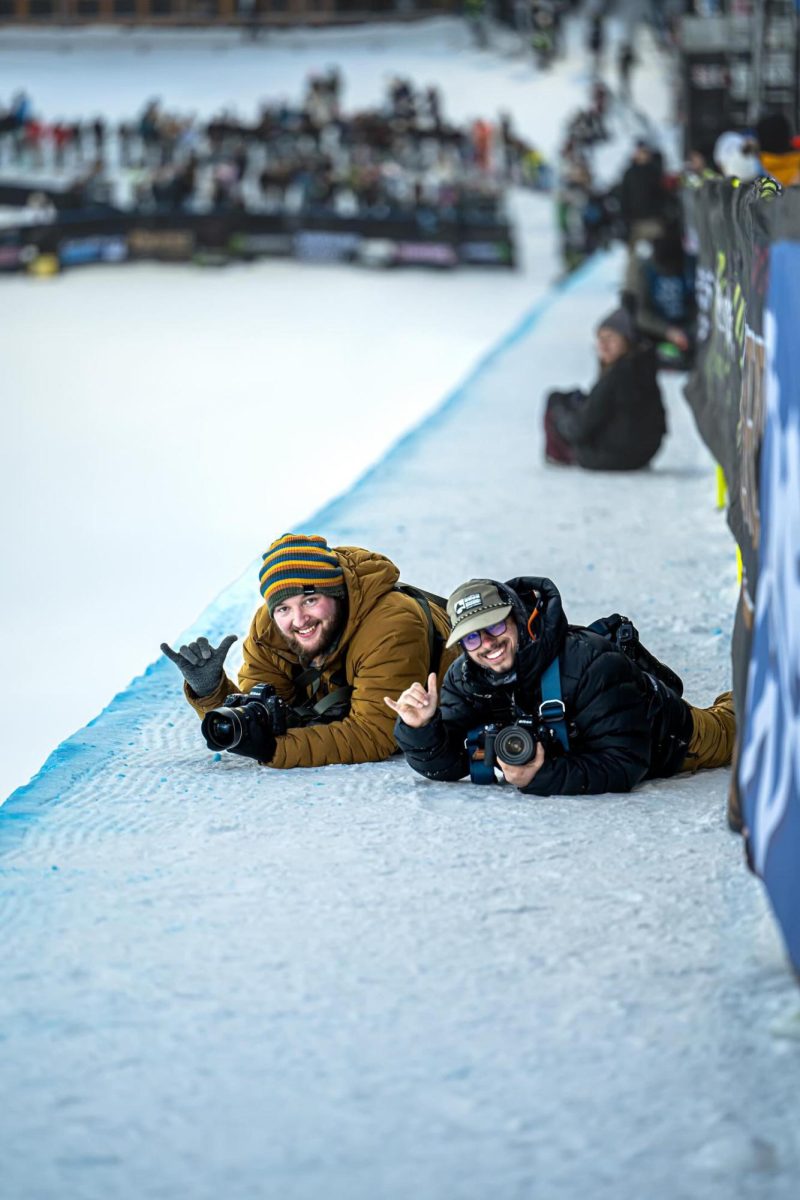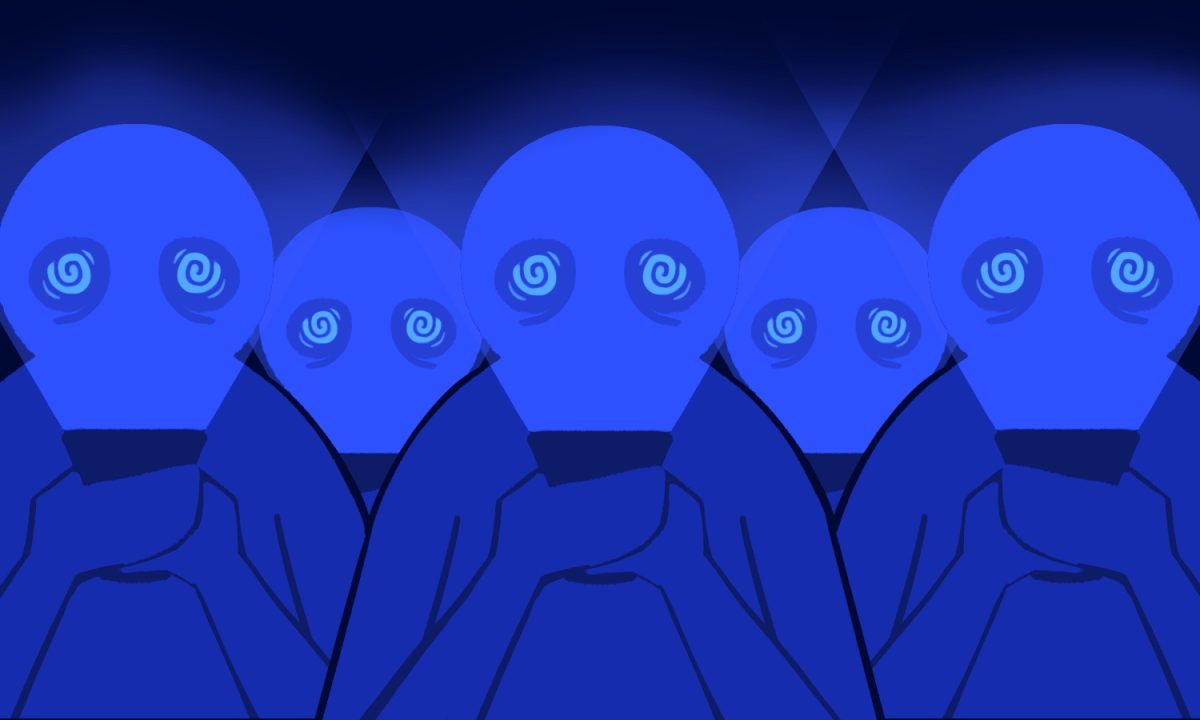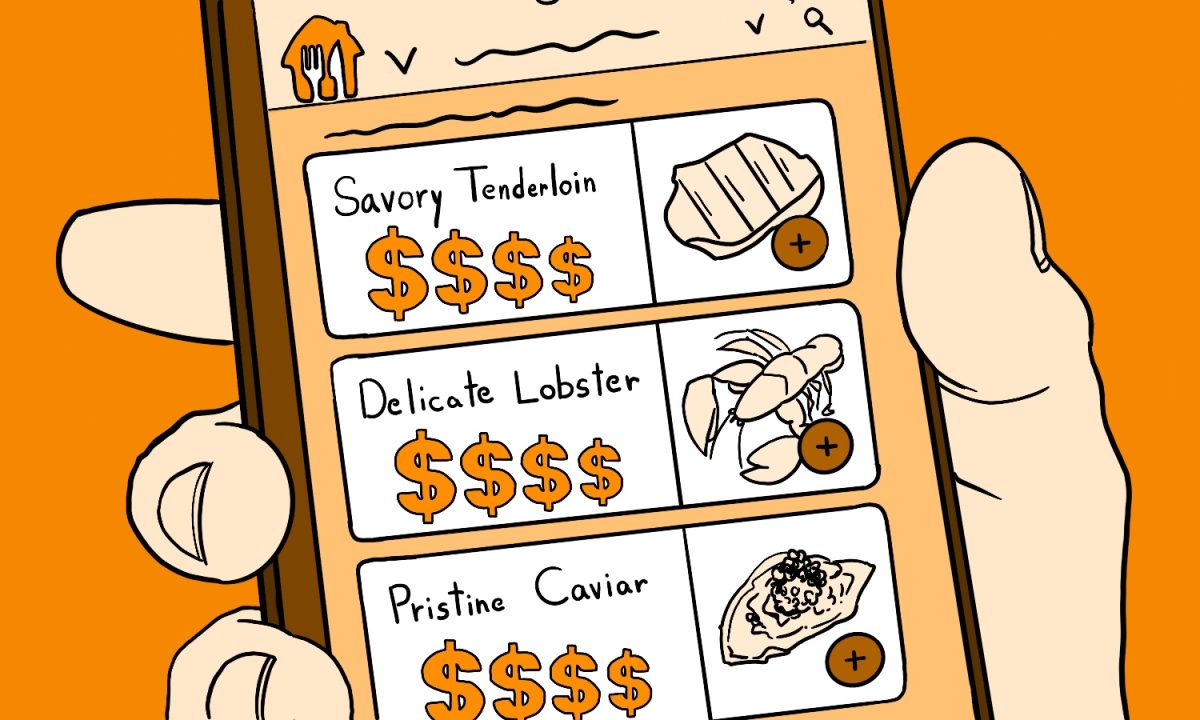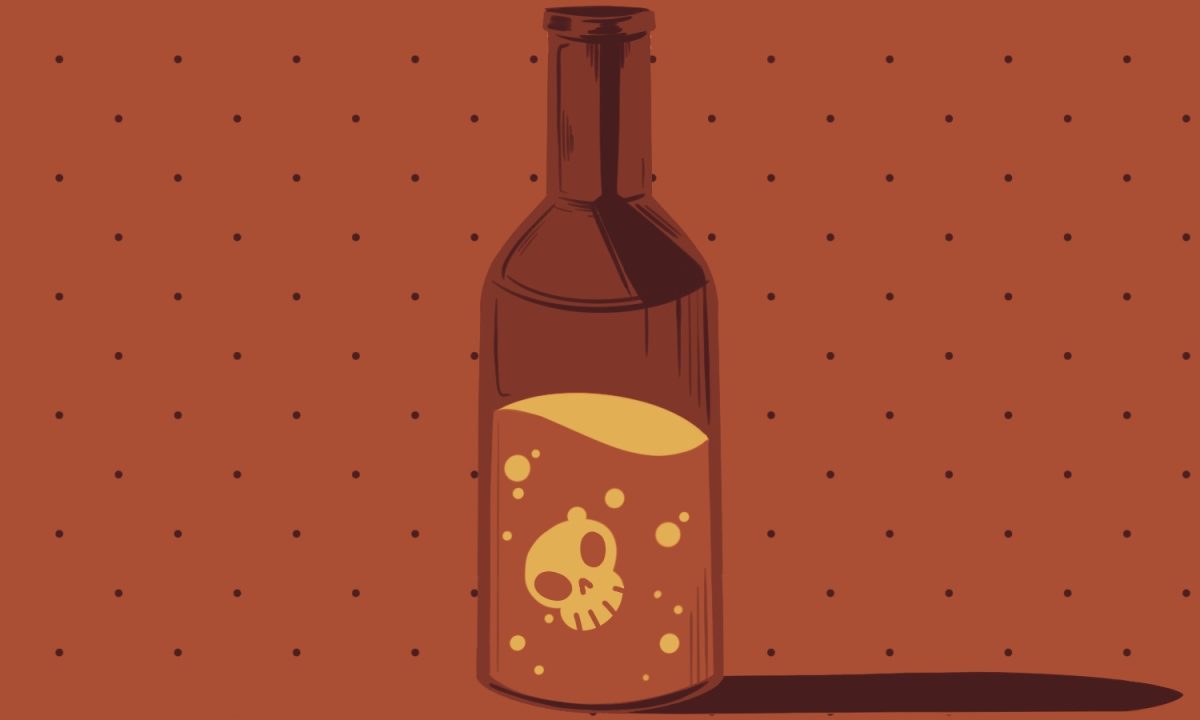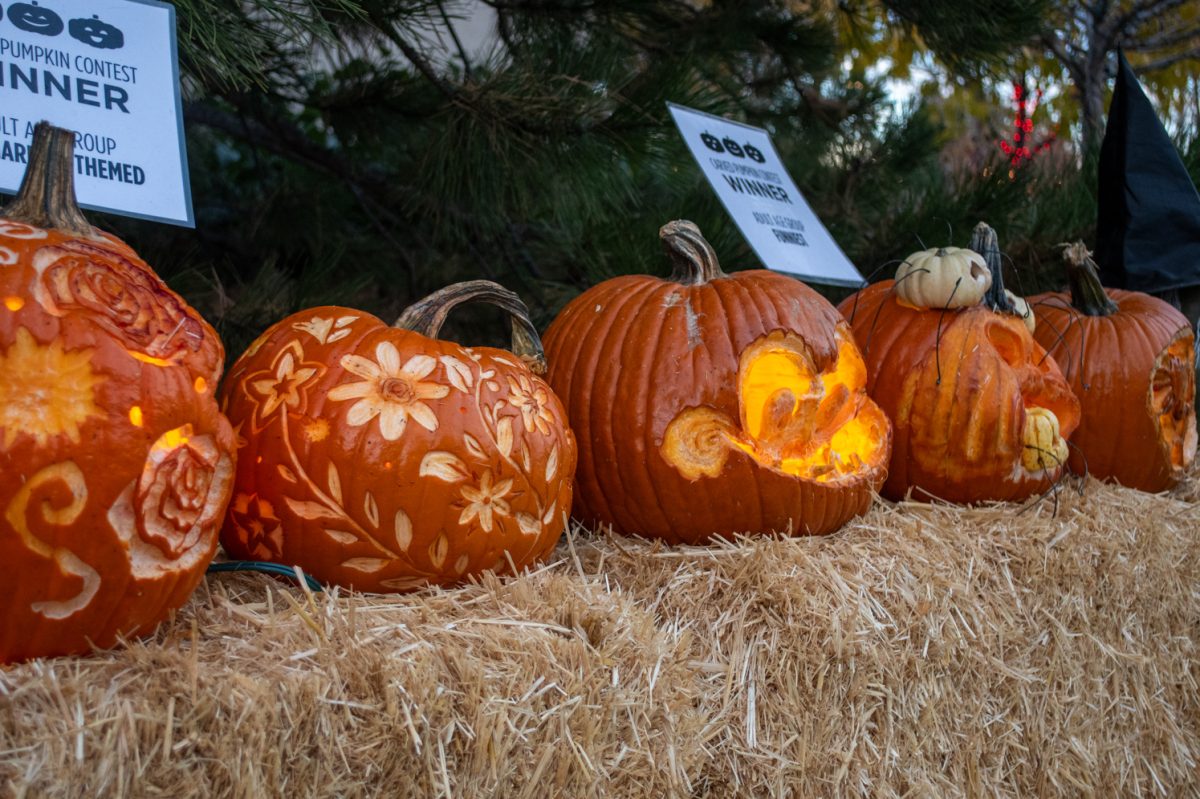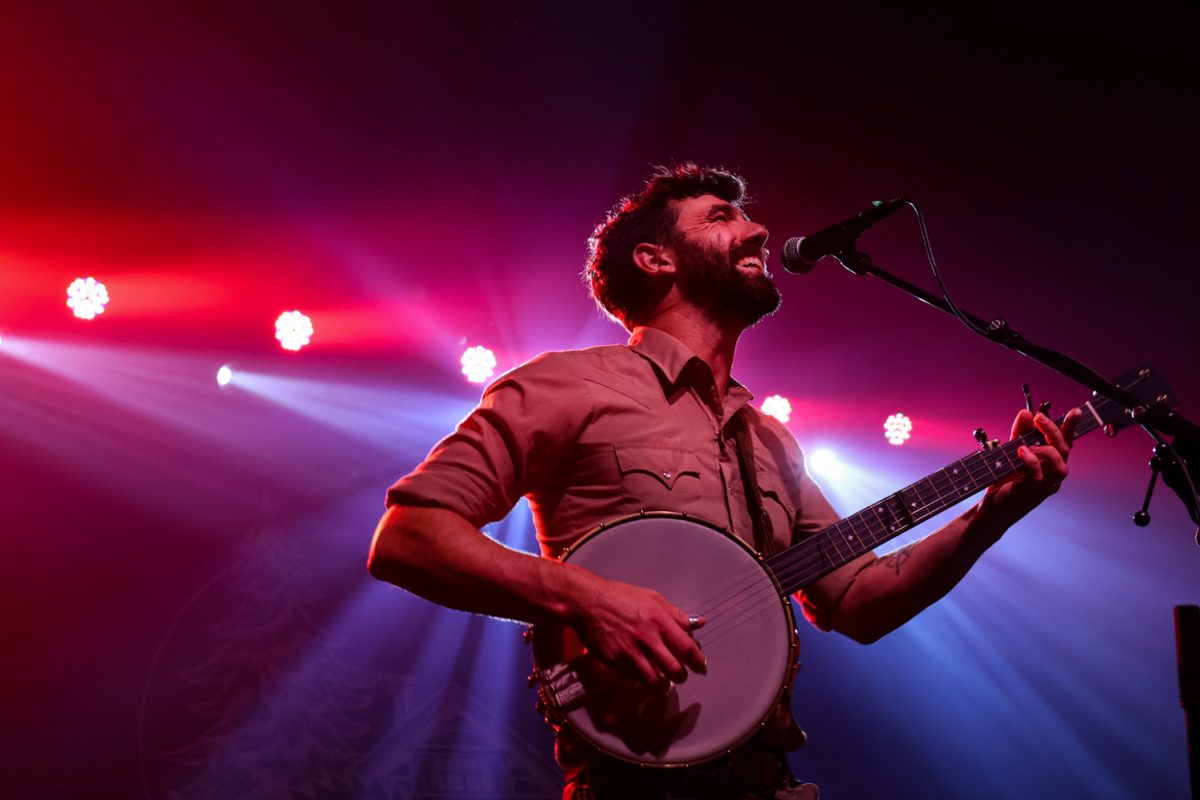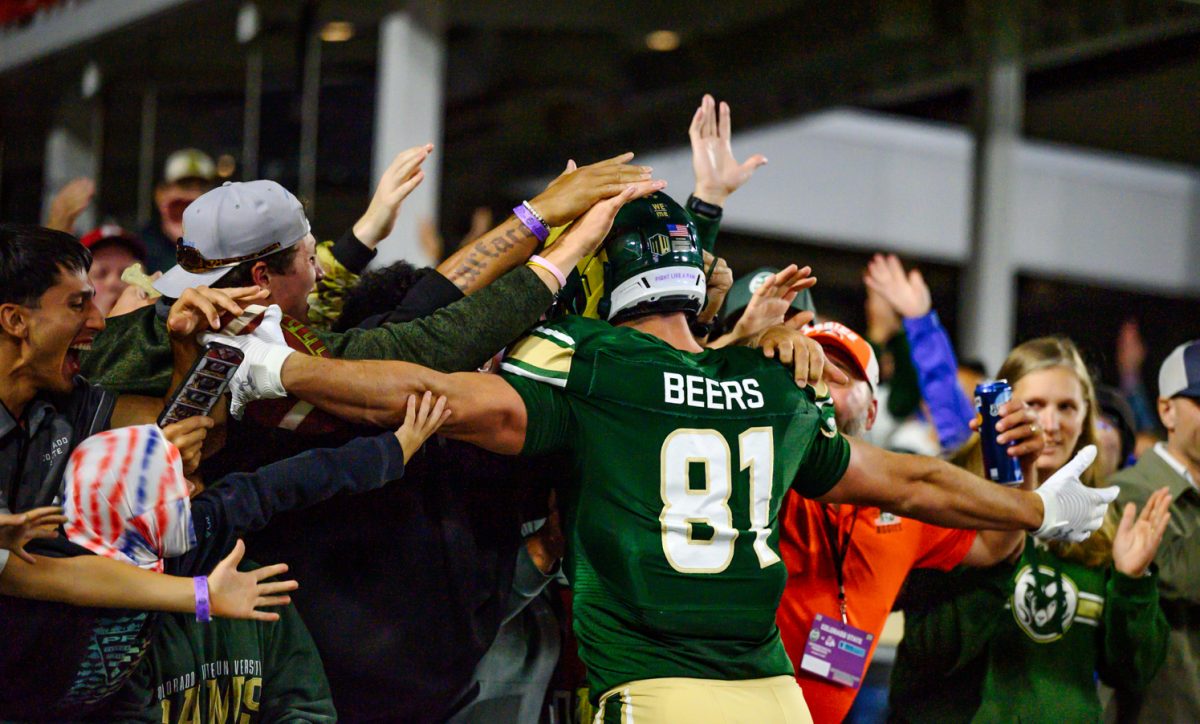Editor’s Note: This content reflects the views of the individual author only and does not represent a stance taken by The Collegian or its editorial board.
While a college newspaper may appear to be just another cubicle job where the most exciting thing that happens is someone getting a paper cut, being a photojournalist is more like a James Bond movie. Though few photojournalists can afford an Aston Martin, many of the assignments feel like a rough draft of a 007 script.
In three years of being a photojournalist for The Collegian, I have covered everything from business features to SWAT raids and everything in between.
A few particular assignments had my directors moments away from calling the legal team or an ambulance. One such instance was when a black bear found its way into a tree on campus. My directors debated not sending a photographer, but after some convincing, I was the one standing next to a tranquilized bear.
Another instance was a wildfire that broke out during a photo meeting. A colleague and I jumped up and ran out the door to go cover it. Racing to the fire at 80 mph and trying to beat the roadblocks, we hung out the car window to get photos. At another wildfire, I was up at the fire line photographing hand crews when a 5-gallon propane bottle caught fire and exploded where we were minutes ago.
On the opposite side of the spectrum, I was on assignment covering a festival called Frozen Dead Guy Days. A crowd of 22,000 people bombarded the tiny town. Not having acquired lodging, I slept in the back of my truck in 20-below temperatures and winds gusting to 30 mph.
Aside from natural dangers, there were a few assignments where either the situation or the people were the danger.
Protests are a prime example. Tensions run high, people are already upset and the media is often not a welcomed sight. There were two particular protests that posed a bit more danger. During the Shut It Down for Palestine protests at the Colorado State Capitol in Denver, we watched as a protester in support of Israel was beaten with their own flag. At another protest about mandated vaccines, many of the participants were armed, which added to the tension.
Lastly, there’s time I spent covering the Fort Collins Police Services SWAT team. While much of the experience was uneventful in terms of immediate danger, there was one call from a person in distress firing a rifle into the ceiling of their apartment.
Riding in the passenger seat of a cruiser going 80 mph across Fort Collins, we arrived on scene. The first thing the sergeant I was riding with said was, “He can see you. He is aiming at our location. Stay on this side of the car.” While at the time I simply obliged and didn’t think twice, it is hard to say how close his sights could have been to me or the sergeant.
While a writer may be able to report from an office, a photographer has little choice but to go out into the field. We have to be there to get the photo. We have to go where the story takes us, and sometimes that means following it into risky situations. It is simply the job we do.
Reach Garrett Mogel at photo@collegian.com or on Twitter @CSUCollegian.


